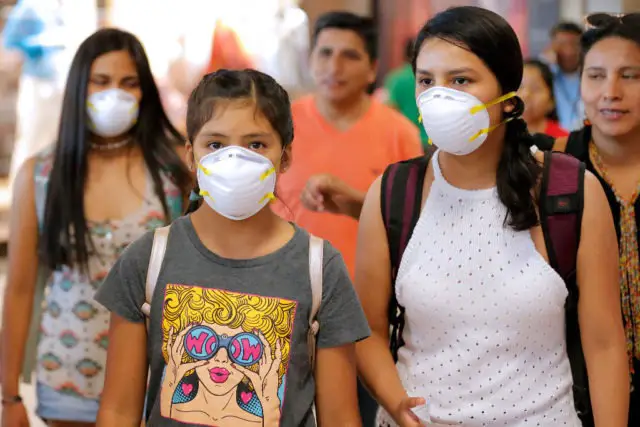
March 6, 2020, the day that the first person infected with the novel Coronavirus in Costa Rica was officially counted, and represents a milestone that generated changes in Costa Rican society, especially in the area of urban mobility, given the confinement and social distancing, to which citizens are subjected for reducing the risk of contagion.
In this sense, and facing the new normality, new forms of mobilization are urgent due to the presence of a Virus with which we will most likely have to live from now on, as well as the protocols related to it (distancing and hygiene).
Therefore, it is preponderant to look back at how to promote other active mobility practices that provide answers for today’s needs, since it is no secret to anyone that public transport is considered one of the means of greatest potential contagion, which is why there have been established new guidelines and limitations in order to reduce said risk.
Currently, buses can only use the seated capacity of passengers, schedules and frequencies in off-peak hours (which are not peak hours) have been modified and the sanitary vehicle restriction has also been readjusted for users.
And then, what will be the best way to mobilize in this process of gradual resumption of commercial, sports, tourist and worship activities, without focusing on the use of public transport or the exacerbated use of the car, since we know that when using private (instead of public) transportation would also lead to chaotic bottleneck conditions and excessive delays in transfers, in addition to negative externalities related to fossil fuel consumption, increased greenhouse gas emissions, noise pollution, road accidents, driver stress, among others.
On the other hand, it must be taken into account that the concessionaire bus drivers have made it clear that they do not have the capacity, nor is it profitable, to increase the number of units for the provision of the service on the different routes and schedules, so as to reduce the number of passengers in the units and allow a safe distance between them.
This situation is similar with the train, which already in its normal service, before the Pandemic, constantly transported users in a worrying over-occupation. In addition to the above, unfortunately the bicycle lanes established in some metropolitan areas also do not have the adequate conditions and spaces to protect the physical integrity of those who use them when sharing the streets with cars, buses and the train (case of the San Pedro-San José bicycle path).
In response to the effects of COVID-19, large cities such as Madrid, Milan, New York, and Bogotá have proposed as a mobility strategy the authorization and temporary transformation of kilometers of roads, previously destined for the circulation of automobiles, to be used as bicycle lanes and pedestrian areas.
In Medellin, access to public transport was made possible in staggered hours, for example. These cities respond to a compact and dense urban planning model, with efficient and mixed land uses (housing, commercial, public spaces), which have multimodal, integrated, efficient and environmentally friendly public transport services, so the measures adopted have allowed citizens the option of moving more safely on foot or bicycle, reducing the use of public transport, minimizing the risk of contagion, as well as working from home.

It is clear that teleworking, like a contagion prevention measure, is here to stay, as it has allowed all employees and employers, in their different positions, both in the public and private sectors, to identify who can work perfectly from their homes. This obviously has its benefits: maximization of time by not having to move, fuel savings, better employee disposition that avoids the stress of travel, immediacy in different ways and above all, fewer vehicles on the street and, consequently, fewer automobile accidents and a great environmental benefit.
Therefore, and taking into account that the country is heading towards carbon neutrality and clean energy, even when investment in public works and infrastructure are directed to private transport (which still depends on the use of fossil fuels), concrete actions that improve safe mobility in the different regions of the country and in an inclusive way must continue to be developed, because this is part of the same economic revitalization.

